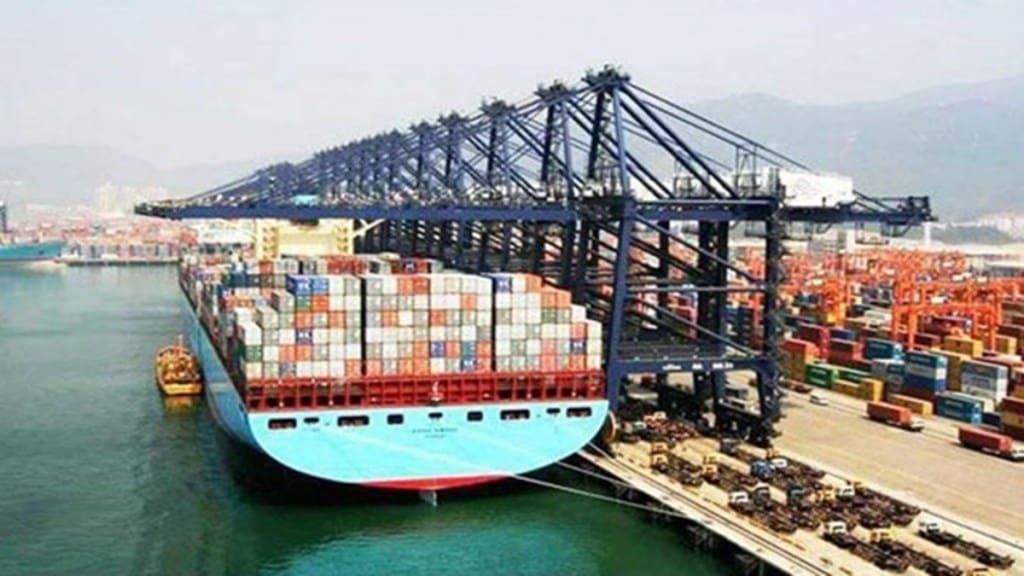The finance ministry on Thursday said the country’s export growth might fall in 2023, given the slump in global trade. “There is a likelihood of India’s exports showing tepid growth as the major export markets of India are forecast to decline sharply in 2023,” it said.
The ministry added: “Global trade is expected to worsen in 2023. Monetary tightening will entail a twin impact — it will reduce demand and, consequently, the volume of trade and, at the same time, lower prices and, accordingly, the value of trade. Trade is particularly subdued in EMDEs as they have strong trade linkages with major economies where demand is expected to slow sharply.”
Reflecting the slump in global trade and a moderation in domestic investment and consumption demands, India’s merchandise exports and imports shrank by 6.59% and 3.63% respectively in dollar term in January, showed official data said recently. While both outward and inward shipments contracted for the second straight month, exports contraction was also the third in four months.
The dip in exports, largely driven by sharp falls in shipments from labour-intensive industries like textiles, gems & jewellery and engineering goods, could dent the country’s economic growth prospects if it lasts for long, besides further aggravating the jobs scenario.
As per World Bank, global trade growth is expected to decelerate further to 1.6% in 2023 from 4% in 2022. At the same time, the IMF projected it to decline to 2.4% in 2023 from 5.4% in 2022.
On a sanguine note, the ministry, however, cited the Kiel Trade Indicator, which suggested global trade activity improved in the beginning of 2023. In its latest update, it shows a 2.1% increase in exchange of goods in January 2023 compared with the December 2022. “Whether this improvement will be sustained is the big, open question,” the ministry said in its monthly economic review for January.
“Global trade rose sharply in 2021 before slowing down in 2022. The two halves of 2022, however, present contrasting features. Global trade continued to be high in the first half as both trade volumes (because of demand recovery) and trade value (because of high commodity prices) remained high. In the second half, while trade volumes continued to grow (even as monetary tightening was well advanced), reflecting resilient global demand, trade value fell as energy prices eased (as generally, commodity prices declined). Besides, trade composition has also shifted in favour of services as supply chain rigidities across borders, although easing, and high prices of intermediate goods continue to impact industrial output,” the ministry said.
Finance minister Nirmala Sitharaman recently cautioned that slowing economies abroad are going to pose a challenge to the India’s exporters. “Exporters will have to be far more receptive of what is happening there (export markets) or even foresee how that will pan out for them and keep constantly engaging with the government,” Sitharaman said
The country’s current account deficit (CAD) for the first half of 2022-23 stood at 3.3% of GDP, but it is expected to moderate in the second half. Reserve Bank of India governor Shaktikatnta Das had said in a statement after the February review of the monetary policy that global software and IT services spending would remain strong in 2023. The CAD would remain “eminently manageable and within the parameters of viability”, he had said.

